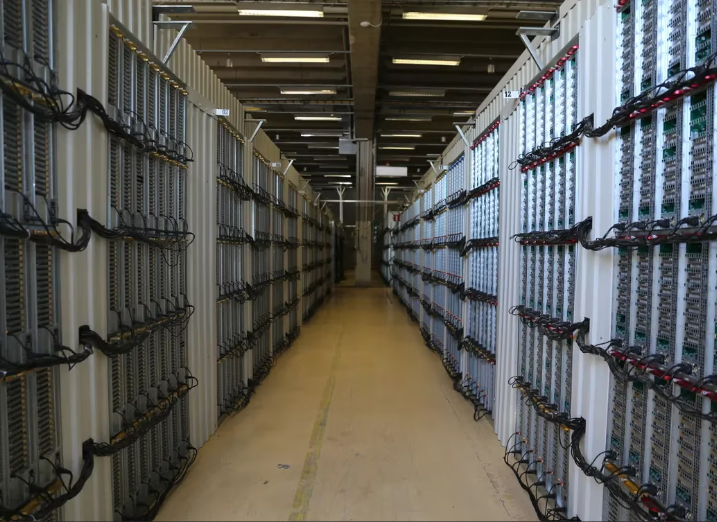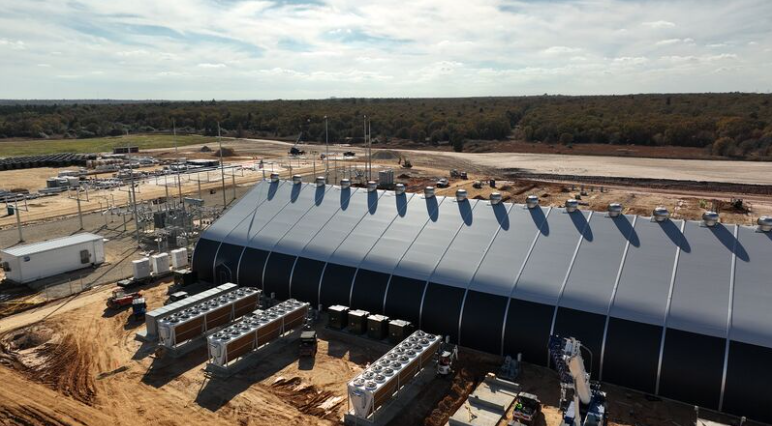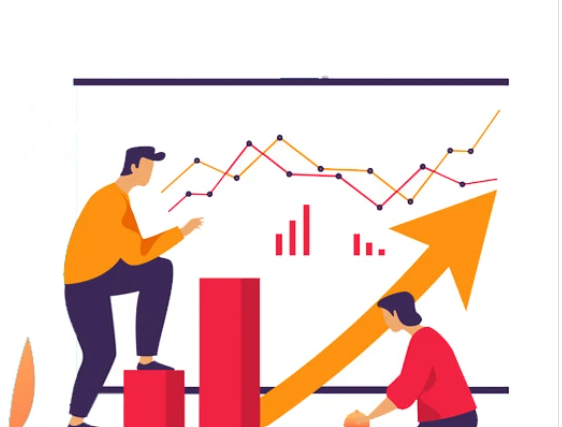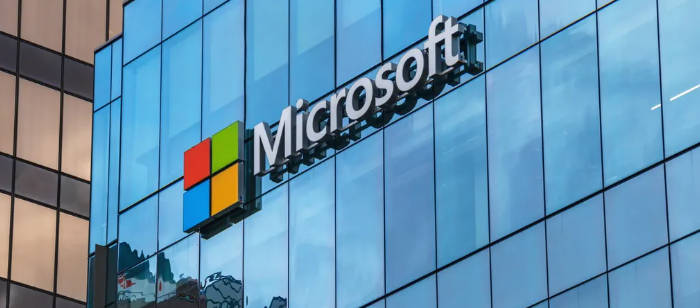Cryptocurrencies on the Internet
Cryptocurrencies or virtual currencies (VC) are digital representations of value that can be transferred, stored or traded electronically and that are not issued by a central bank or public authority, but are accepted by people as a means of payment. VCs are designed to be optimized for digital networks while being easy to use, cost-effective, and verifiable.

The most popular virtual currency to date is Bitcoin, which is based on the concept of Blockchain, a shared, distributed ledger technology in which all transactions are securely recorded, allowing any participant in a trading network to see and check the validity of a transaction. High Performance Computing (HPC) platforms and Big Data paradigms are destined to play a key role in VC and DtoK Lab is active in those technological fields.
Distributed ledger is a technology that enables the distribution of the “ledger” across all nodes in the network by placing transactions in blocks and linking the blocks together using cryptographic mechanisms. Being created in this way, it is also called Blockchain. As a distributed system with shared operating principles, consensus mechanisms are introduced to facilitate voting schemes to decide the active node to update Blockchain content. The key application areas of distributed ledger technology are: smart contracts, KYC and AML, deposits and loans, capital raising, investment management, payments, insurance, market provisioning, and cryptocurrencies.
Big Data and Blockchain Technology
Big data refers to massive and heterogeneous digital content that is difficult to process using traditional data management tools and techniques. The term includes the complexity and variety of data and data types, the needs for real-time data collection and processing, and the value that can be realized through intelligent analytics.
Financial services and Blockchain, in particular, can benefit from the use of big data analytics. In fact, using data analysis strategies, such as those developed by DtoK Lab, in Blockchains allows to identify trends, models and threats through the data produced and exchanged.

Big data mining applications can run pattern recognition tasks on thousands to millions of Blockchain interactions to identify malicious users and vicious uses. At the same time, Blockchain data can be aggregated and ranked to assess the trust of banks, operators, and financial services. Distributed analytics algorithms that can be used in Blockchain analytics can represent significant added value through which benefits can be extracted from knowledge of the vast number of blocks available. In particular, distributed techniques and models for data stream extraction need to be investigated and evaluated for real-time Blockchain analytics. This work will also bring benefits to digital payment systems that will be implemented in the near future.
Big data analytics should be used to identify fraudulent transactions in bitcoins and, more generally, the fraudulent use of currencies. These solutions are going to be more and more important and are orthogonal to the use of security mechanisms, since analysis techniques can identify vicious behaviors that are composed of unique operations that appear correct and safe. Being able to identify people, companies, users who are suspected of having committed or will commit fraud is vital to making Blockchain and financial transactions safe and legal and helping people to trust them.
Artificial Intelligence Applications for Blockchain
The application areas of AI and machine learning in distributed ledger management and Blockchains are many and all important. First to mention threat identification and fraud prevention. These problems can be addressed through the use of outlier detection algorithms, text mining, and pattern mining. All these technical solutions are already used in finance and banks, so they have already proven their effectiveness in the financial field.
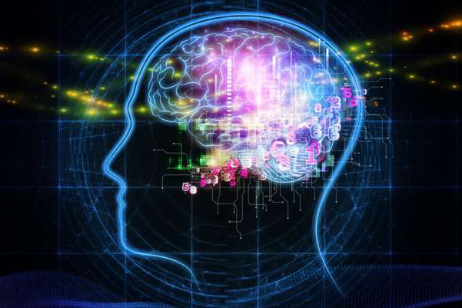
However, they must adapt and advance to be effective and efficient on distributed Blockchain platforms. Another application area is real-time decisions. This task needs scalable platforms and algorithms. For real-time distributed analysis, data-flow learning algorithms and systems can be used. Its execution on HPC and/or Cloud platforms can offer the necessary performance and scalability to respond within the established deadlines.
Today it is not enough to use information systems to manage governance, risk and compliance activities, the next step is to take advantage of and analyze big data to ensure that an organization meets its objectives. In the financial area it is also more critical, so the use of scalable data analysis strategies will add value and will improve governance, reduce risks and ensure compliance.
Other important application areas where the use of learning algorithms and big data analytics can bring benefits are obtaining customer insights, optimizing prices, improving operational efficiency and reducing management costs.


